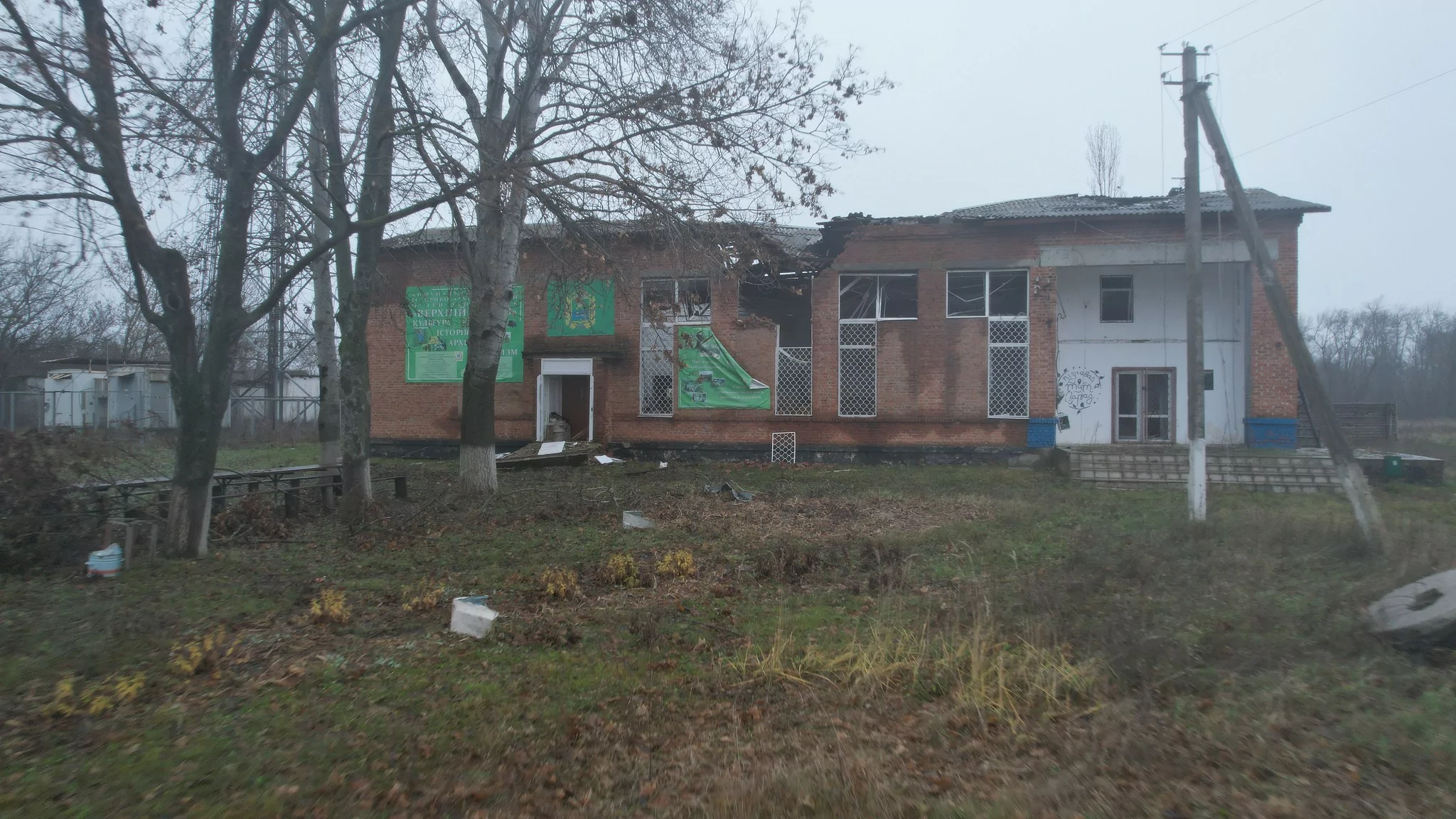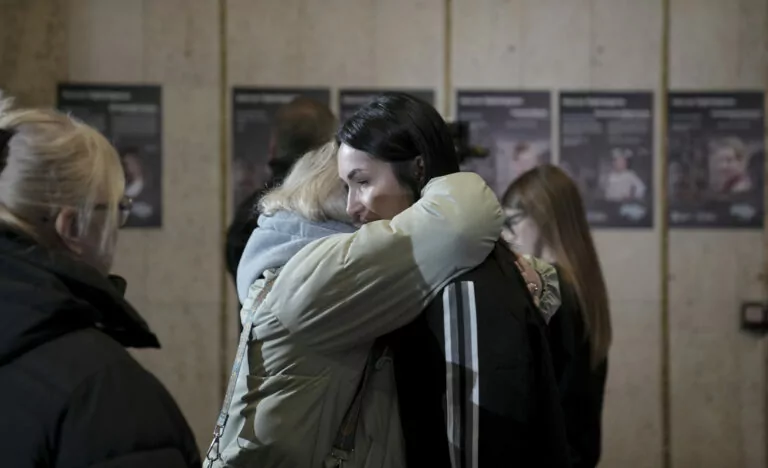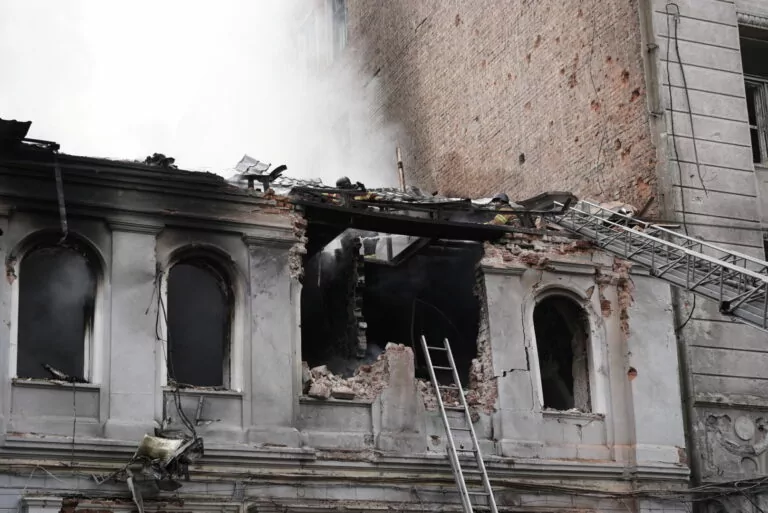For centuries, Russia has constantly asserted itself at the expense of other nations, and that’s why it has been destroying and crippling Ukrainian culture, striving to enslave it in various ways.
Now, this destruction has become literal. For many months, the Russian forces have been destroying and damaging our unique monuments of architecture, culture, and art. The troops of the aggressor country aim at unique buildings and symbols of the cities.
Their real goal is to erase Ukraine and any manifestations of Ukrainian identity from the face of the earth. And the closer to the front line, the more places are being destroyed. This is precisely what happened to the Historical and Archeological Museum in the village of Verkhnii Saltiv of the Chuhuiskyiv district (until 2020 Vovchanskyi) in Kharkiv Oblast.
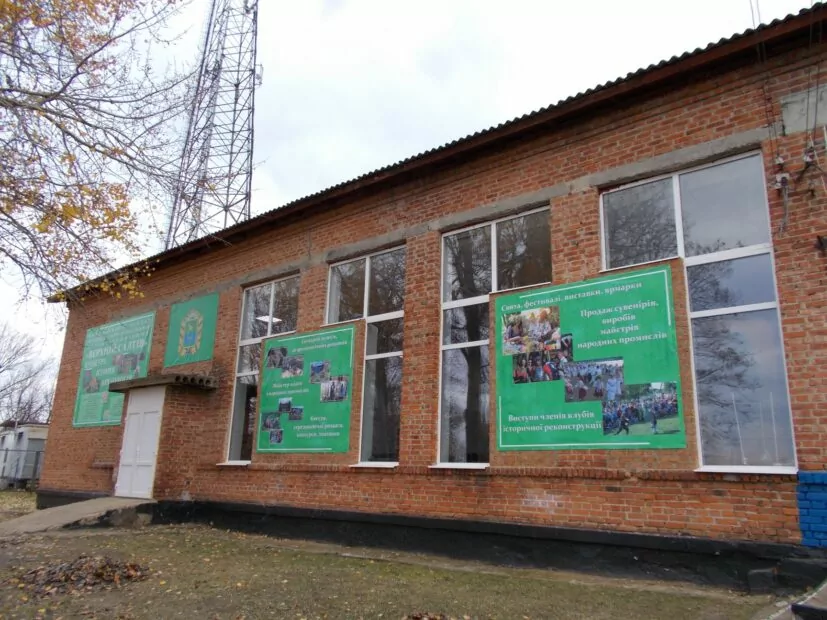
Verkhnii Saltiv was under occupation; the premises were mined. Currently, the walls of the museum are significantly damaged due to Russian shelling, so there is a threat of the roof falling.
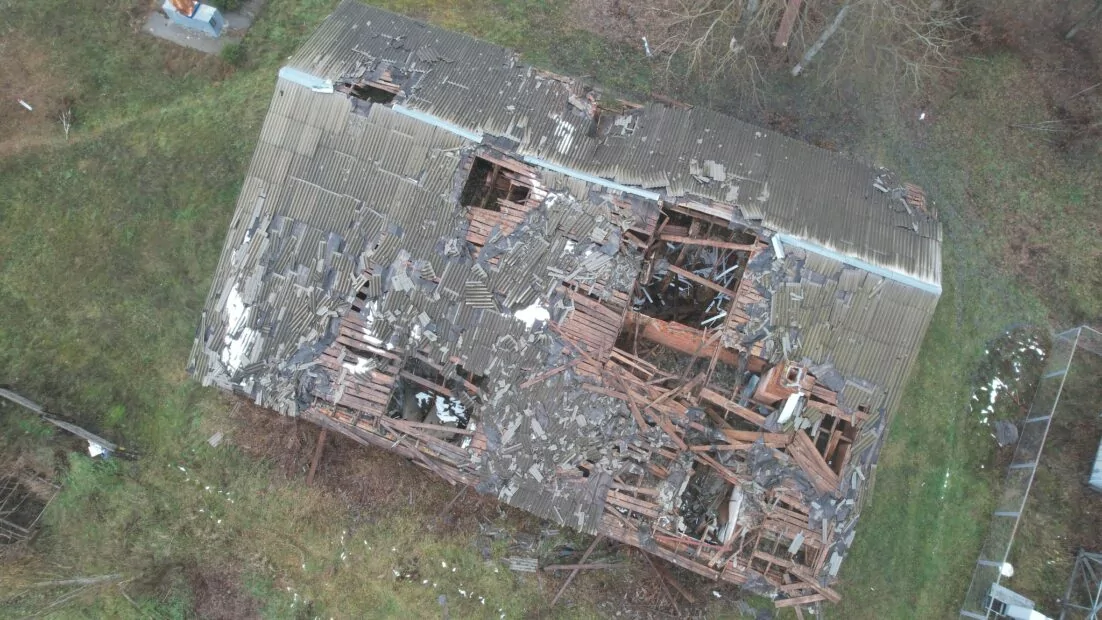
“The amount of money that we have collected is small; we plan to spend it delivering charitable aid from different museums from the capital. Mostly it will be building materials that will allow the repairs to start,” says Roman Kravchenko, head of the Department for Toponymy and the Historical and Cultural Environment Protection of the Kharkiv City Council.
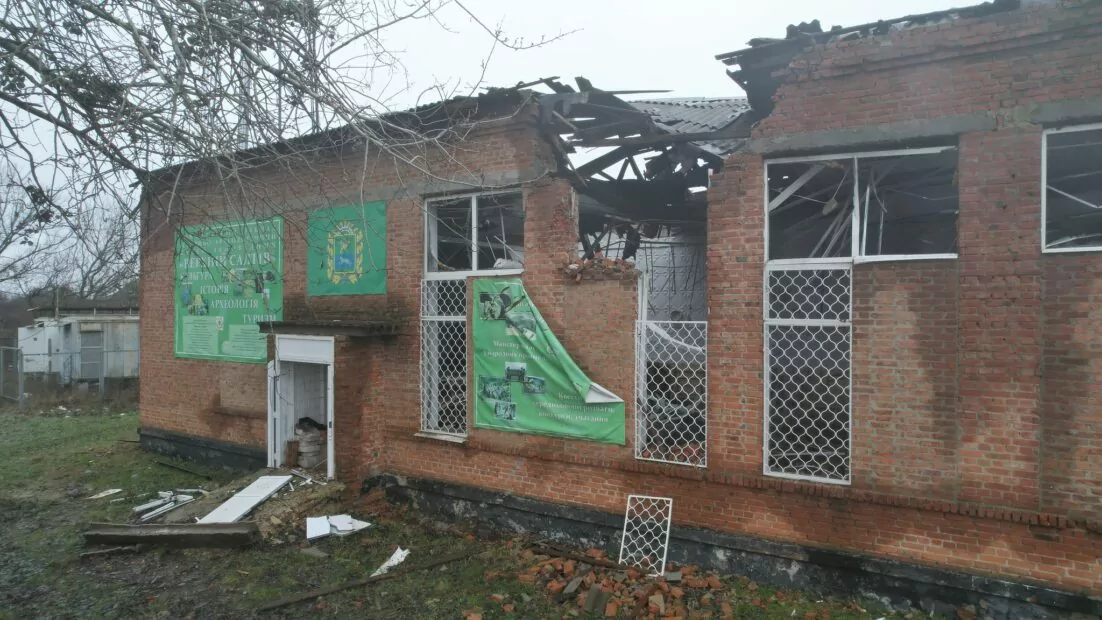
Why is this important?
“This is not only the heritage of Ukraine – it is the history of humanity,” says Olena Zhukova, the researcher. Thanks to the geographical location of Ukrainian lands, different peoples, cultures, and civilizations have flocked to this territory for thousands of years.
It was a crossing point where ancient Greeks and Scythians met, Christian civilization with Byzantine, Orthodoxy with Catholicism, and Islam from the south. What is here is primarily the memory of all humanity. And in this heritage preserved on our territory, there is a part demonstrating the identity of Ukrainians.
“The Russian Federation is encroaching on our cultural heritage. That is why our heritage sites are purposefully destroyed and become the targets of military attacks. Our museum collections are taken to the territory of Russia so that our territory is emptied,” says Olena.
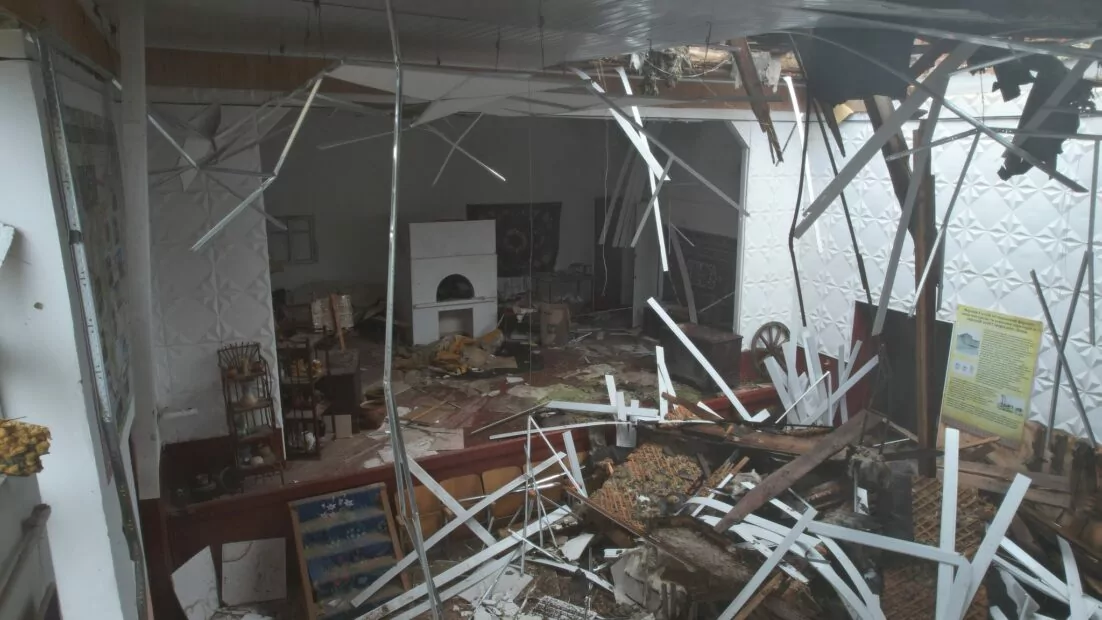
Objects preserved on the reserve’s territory demonstrate the processes of the Great Human Migration. Also, a nomadic nation lived here – the Alans, who later settled on the territory of the northern Caucasus and part of north Africa. At one time, they had settled on the territory of modern Saltiv. Here they built their city.

As for Saltiv itself, the culture of this settlement began to be studied in the XX century. Research on its archaeological culture is still underway.

“What is interesting in Verkhnii Saltiv is that it has a huge burial ground. This culture had a complex funeral rite, thanks to which we have an idea of how these people lived and their beliefs, lifestyle, and traditions. This huge burial ground is the brightest thing left of the culture among the identified sites.”
Findings from these places adorn the exhibitions of museums in Kyiv, Kharkiv, Odesa, and Sofia. Only a small part was kept in the museum of Verkhnii Saltiv.
Text by Daria Lobanok
Translated by Anastasia Kizyma
Edited by Tetiana Fram
